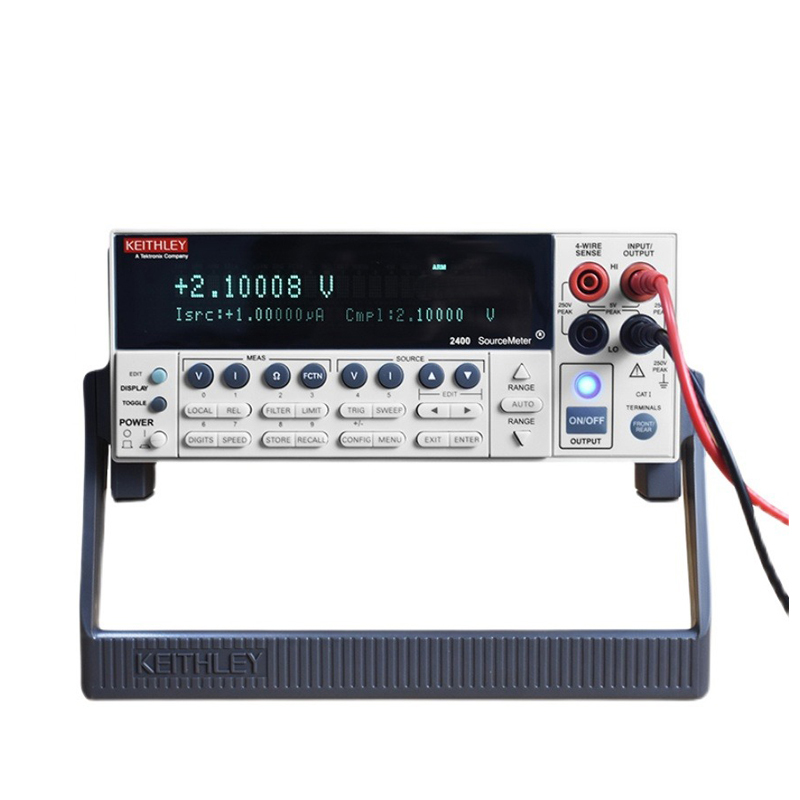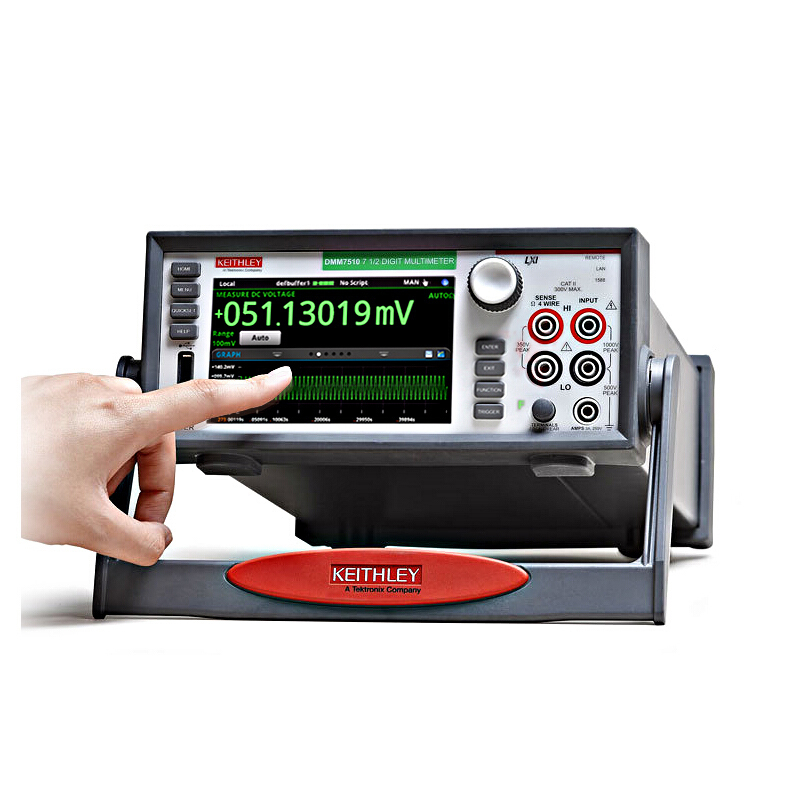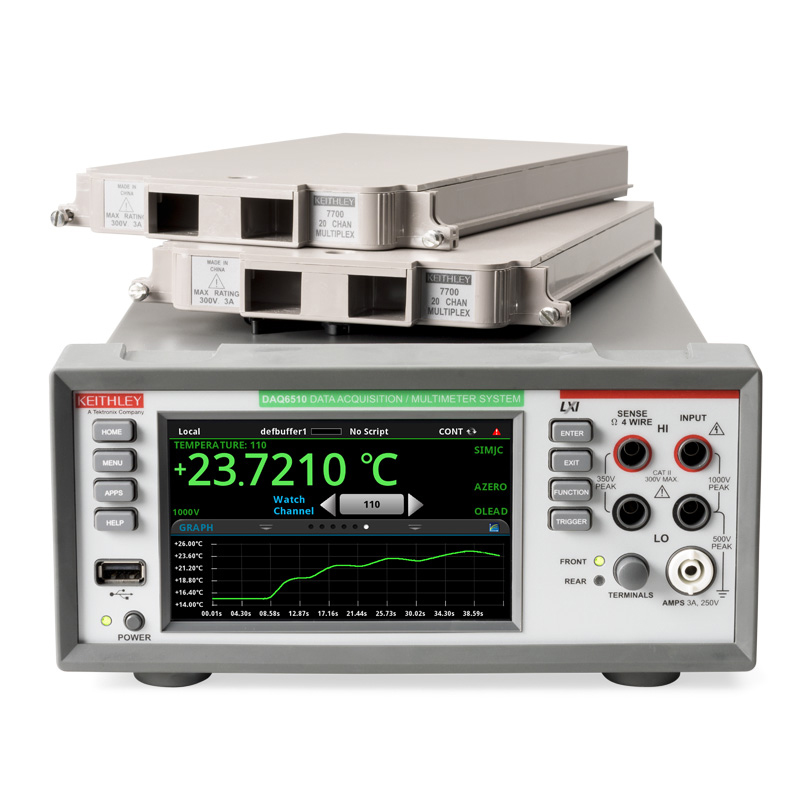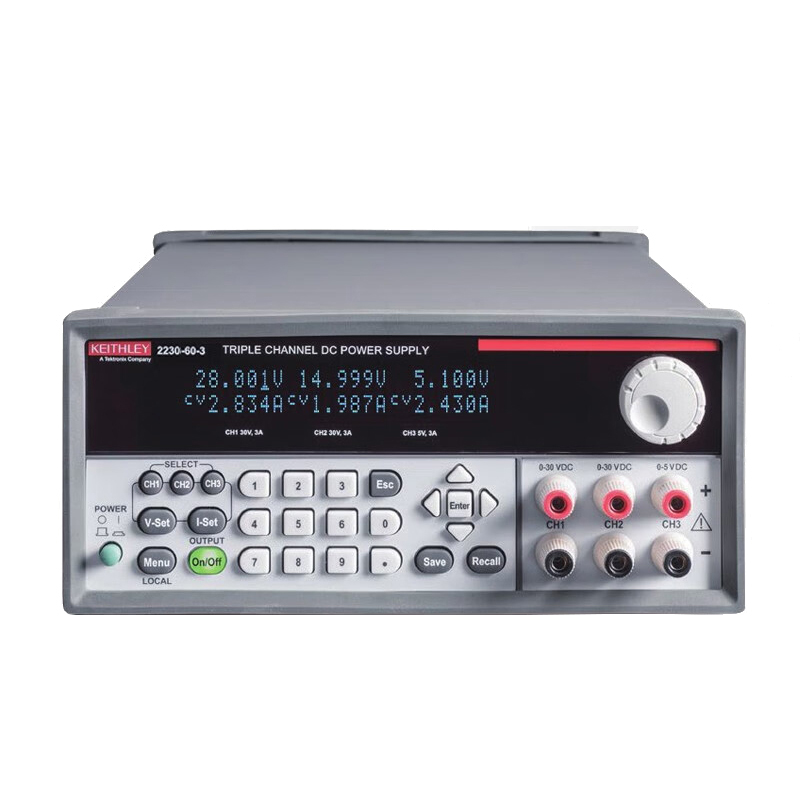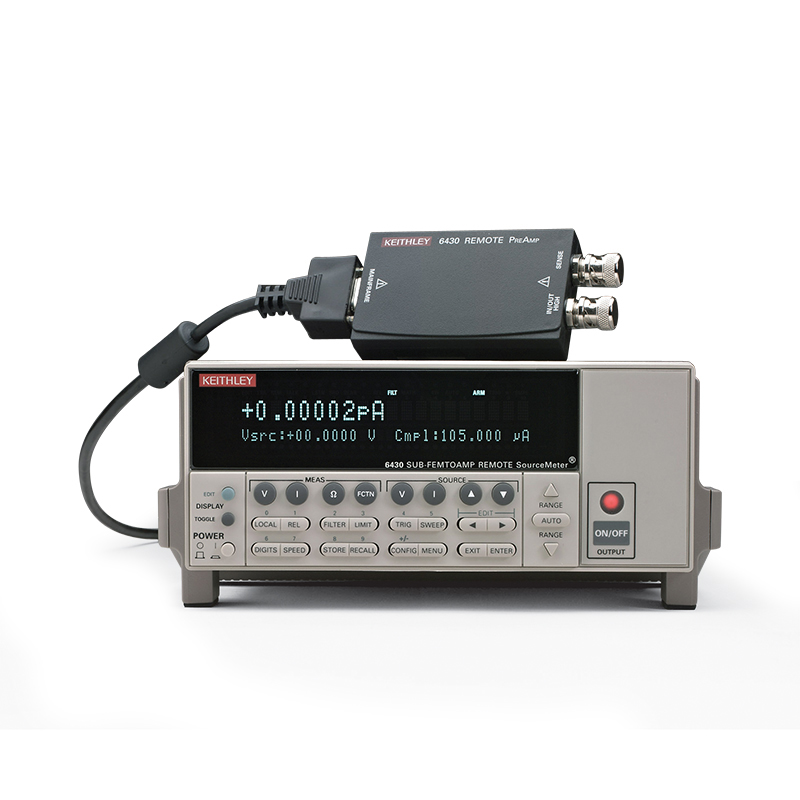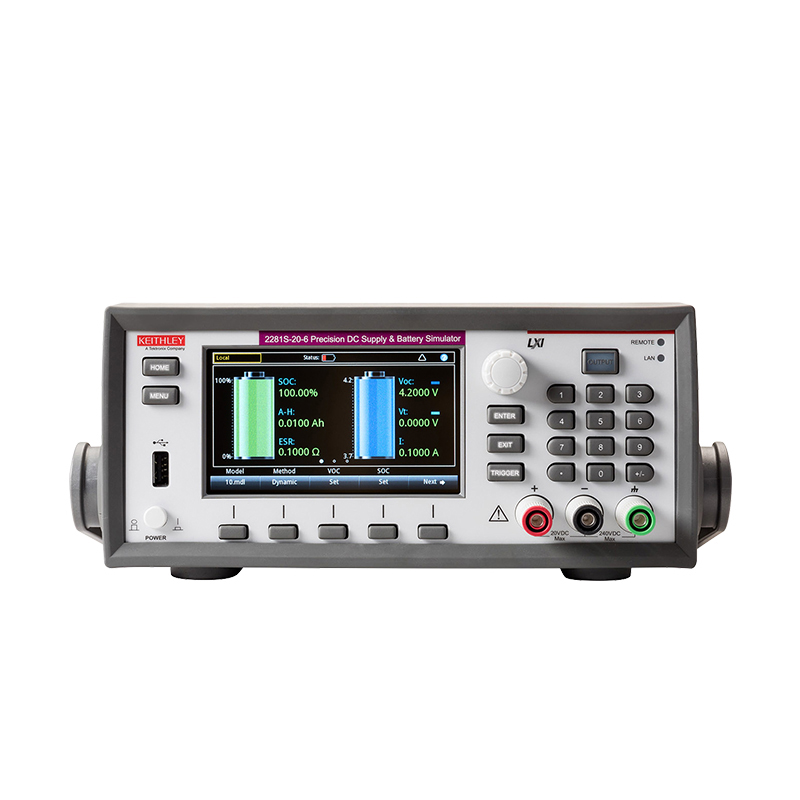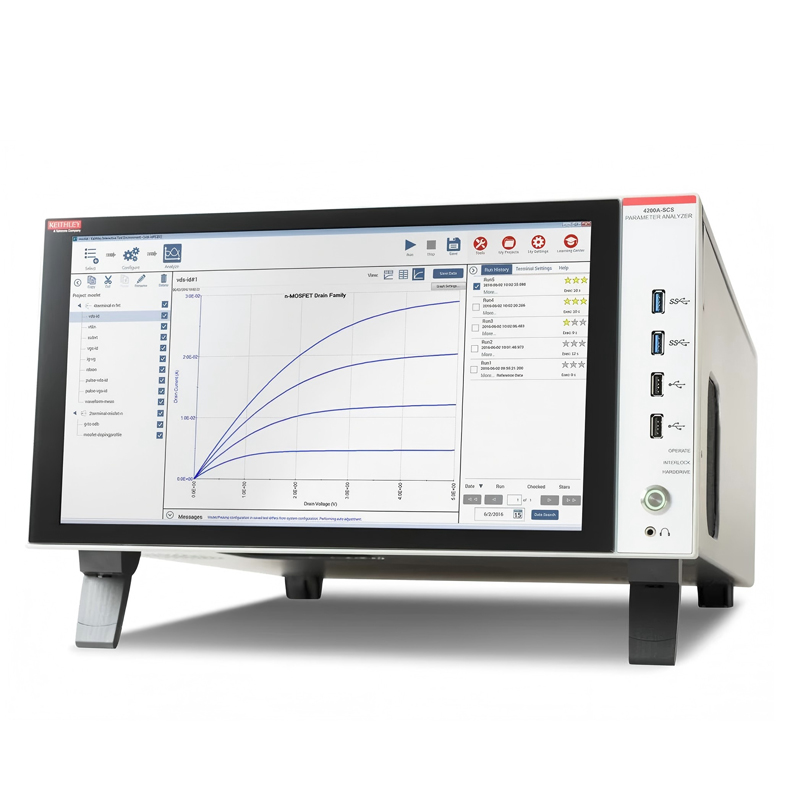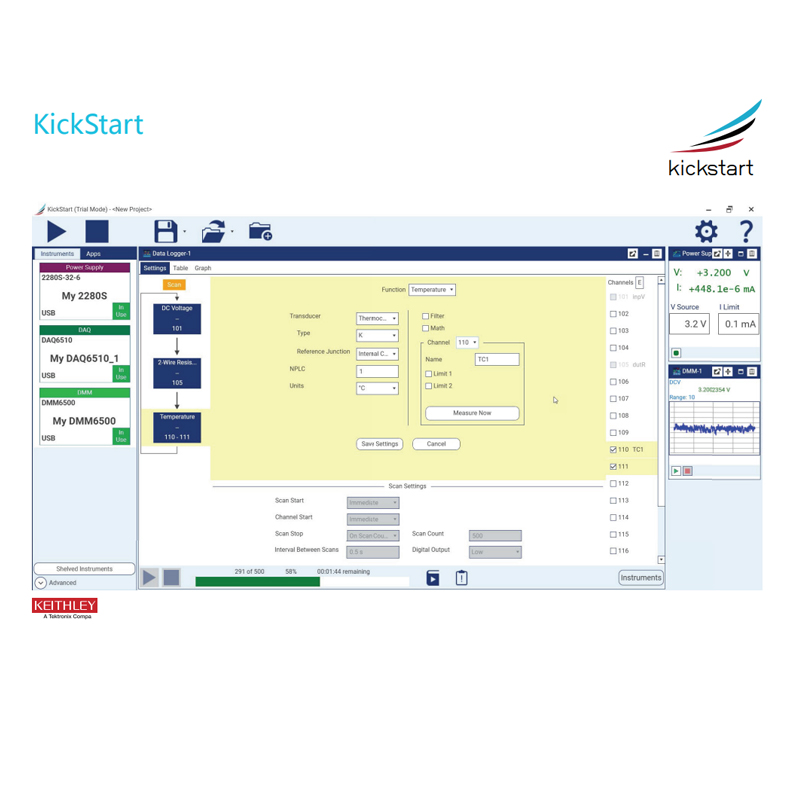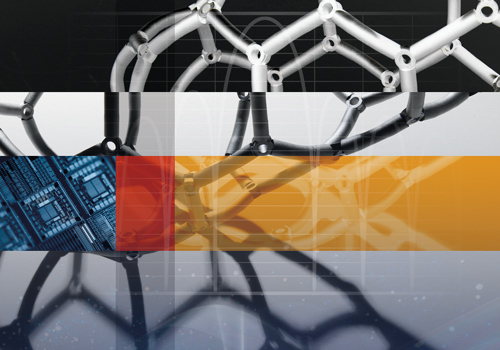KEITHLEY solution service provider, belongs to Shenzhen Wanbo Instrumentation Co. It is committed to the integration of resources in the field of test and measurement and the development of test systems, providing intelligent solutions for the test and measurement of electronic manufacturing industry, scientific research, education, metrology and testing institutions.
For more than 70 years, Keithley, a Tektronix company, has been designing, manufacturing, and marketing advanced electrical test instruments and systems to meet the specialized needs of electronics manufacturers for high-performance production test, process monitoring, and product development.
Keithley has approximately 500 products for capturing, measuring, connecting, controlling or transmitting direct current (DC) or pulsed electrical signals. Keithley's customers include scientists and engineers in the global electronics industry involved in 3D sensing, advanced materials research, semiconductor device development and manufacturing, and production of end products such as portable wireless devices.
Keithley Instruments provides a full range of test and measurement solutions in many disciplines to engineers and scientists worldwide. Markets are positioned for high-precision instruments and data acquisition products requiring fine measurements of voltage, resistance, current, capacitance and charge, as well as complete system test solutions for mass production and assembly testing.
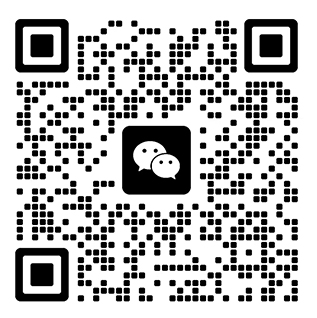
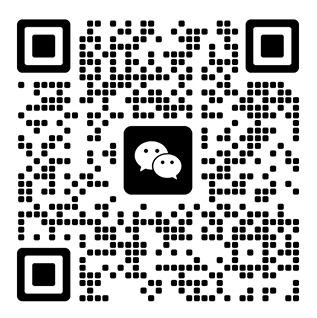
 Comprehensive test and measurement service provider-Shenzhen Weike Electronic Technology Co.
Comprehensive test and measurement service provider-Shenzhen Weike Electronic Technology Co.



